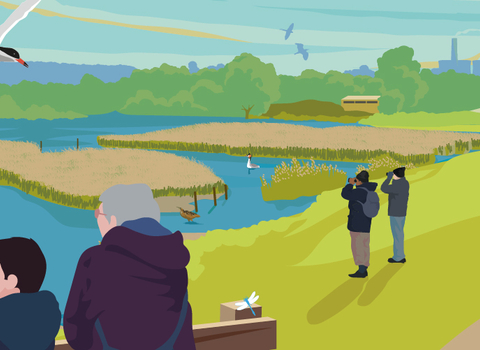Now more than ever, we must;
Help wildlife recover and flourish
Communicate the importance of tackling the ecological and climate crises and provide more people with the inspiration and information needed to take action
Provide people with new opportunities to connect with the living world
Attenborough Nature Reserve provides the perfect platform for all of this.
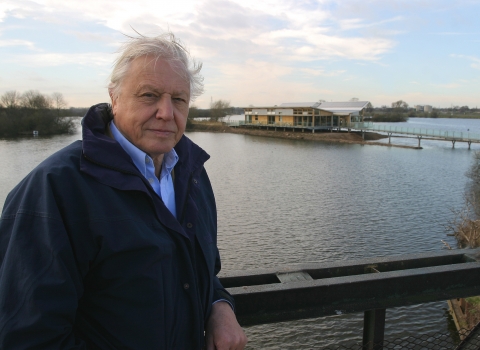
Sir David Attenborough on bridge overlooking Attenborough Nature Centre in 2005 - Photo © Nottinghamshire Wildlife Trust
Building on past success
Attenborough Nature Reserve was established in 1966 and was opened by Sir David Attenborough. This much loved, nationally important site is best known for its birds with over 160 species recorded, but also provides a home for hundreds of species of plant and insects. It is cited as one of the best places in the UK to see kingfisher and is also home to rare wildlife including bitterns and otters. The reserve attracts around 500,000 visitors each year and holds a special place in the hearts of many – with families having visited for three generations.
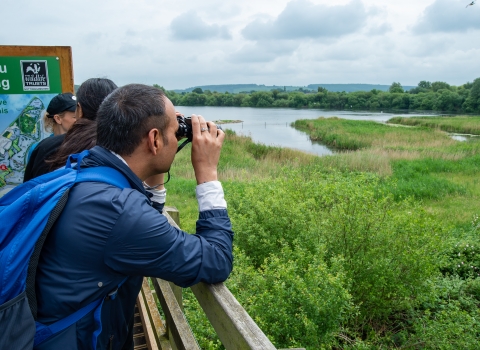
Looking to the future
By 2030, Attenborough Nature Reserve will be internationally recognised as a:
Haven for diverse and abundant wildlife
Beacon of wildlife connection and wellbeing
Living laboratory for highlighting and tackling global environmental issues – through championing local action
A lifeline to the natural world…a natural oasis at the edge of a big city, full of remarkable and beautiful birds and other wildlife
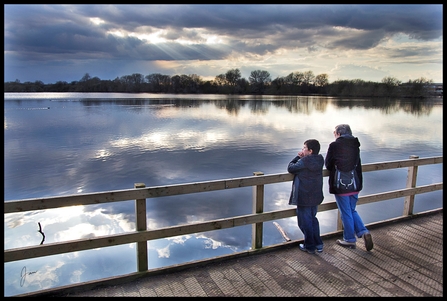
Photo © Anisa Mustafa
Our three Big Ambitions
To help tackle the ecological crises
To start and support people's connection to nature
To be a catalyst to tackle global issues through local action
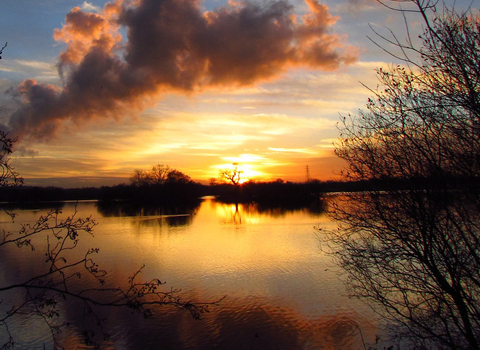
Photo © Stephen Varley
Helping to tackle the ecological crisis
We will achieve large scale, urgent, recovery of nature to create a wild place where species are abundant on site and can spread out to the wider landscape
© Emma Bradshaw
Spark and support people’s connection with nature
We will create an accessible, inclusive and inspirational wild place on the edge of the City that connects people to nature and to the Nottinghamshire Wildlife Trust
Hindu Youth Group Skylarks © Laura Bacon
A catalyst to tackling global issues
We will demonstrate the impact of global issues (e.g pollution, climate change and flooding) on the site and within the wider landscape, highlighting the role that individuals and communities can play through direct action, based on the latest science

